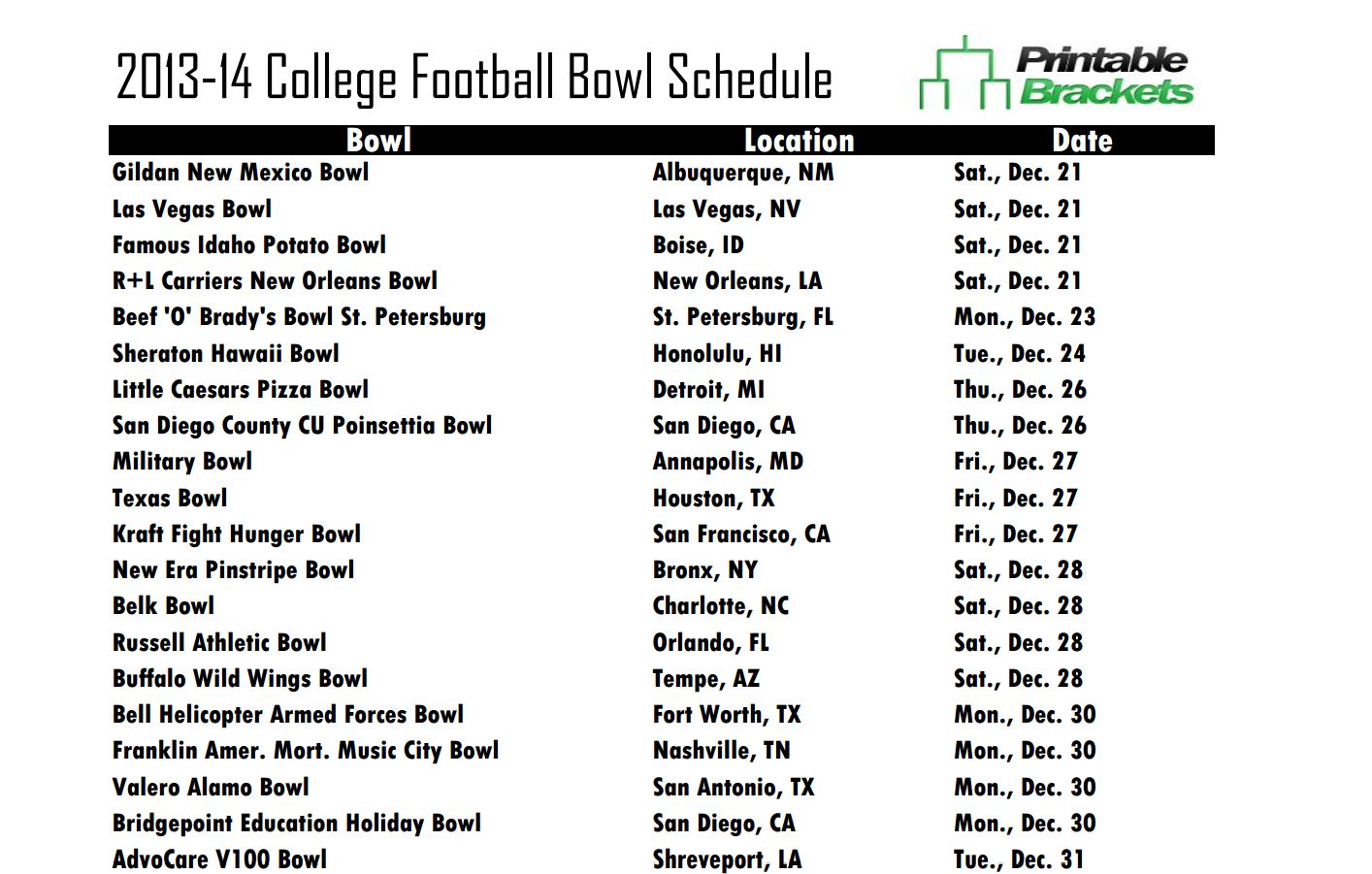

1s would advance to the regional semifinals, the two No.

State and Stanford - as well as newcomers South Dakota and Creighton. 1 seeds - South Carolina, Louisville, N.C. Off the court, it’s probably time we hold up all states and institutions to similar standards.After a wild opening weekend of the women’s NCAA Tournament, the Sweet 16 field features a mixture of regulars that includes all four No. Or cheer for Texas A&M to beat up on Oklahoma, who charges nearly three times as much to low-income students as its former Big 12 rival. That’s why it’s crucial that state and federal policymakers work to reinvest in public higher education, and do so in a way that guarantees low-income students and students of color a reasonable net price that they can hope to afford.Īnd if, like me, your bracket is busted beyond repair and you’re looking for a rooting interest-check out Friday night’s matchup between North Carolina and Indiana: In recent years, both colleges gave their underserved students a fighting chance at graduating with minimal debt. The high annual net prices are in many ways a comment on institutional choices- dangling merit aid to out-of-state students who, say, get hooked by the Final Four-but it’s clearly a reflection of a decades-long austerity agenda that has gutted state higher education budgets and forced families to reach further into their pockets. So the students receiving this better deal-especially compared to those at Duke’s next opponent, Oregon-are few and far between.īut in a way, this exposes one of the fundamental lies of American higher education: that public colleges are still affordable for the students who most stand to gain from attending them. Now, to be certain, Duke (like Notre Dame and even the public-in-name-only UVA) enroll very few working class and low-income students. Compare this to the University of Kansas, whose annual cost of attendance is almost $40,000 below Duke's, whose net price for low-income students ($15,089) is nearly twice as high. Duke University, for example, has an annual cost of attendance over $60,000, a net price (what students pay after grant and scholarship aid) of just under $22,000, and a net price for low-income students of $8,777, which you can see above.

Why use net price for low-income students, rather than, say tuition or cost of attendance? Because essentially these numbers obscure how unaffordable college can be for students making the ostensibly prudent decision to attend a public college. Without further ado, here’s the Sweet 16 of Equity and Affordability-in bracket form, naturally-measuring the net price of each college for low-income students (those from families making $30,000 or below, reported to IPEDS): So before the nation turns its sporting eyes to this weekend’s Sweet 16 and Elite 8 games, we thought it would be good to look at how good a deal these students can expect at the 16 remaining institutions. This rings especially true for working-class and first-generation students, whose first exposure to higher education may not be through a college or career advisor, or a family member, but through the glitzy production value of CBS Sports. But for the potential influx of applicants, it’s important to look at the price of their newly-minted dream school. So congratulations to those schools in the Sweet 16, which kicks off tonight. And on-court success in March Madness doesn’t just have implications for alumni pride and t-shirt sales one study found that advancing to the round of 16 increases applications the following year by three percent, four percent for those making the final four, and between seven and eight percent for the eventual national champion. This is not news, but the bright lights of network television and Coca-Cola sponsorships tend to obscure the fact that the teams playing represent, you know, actual institutions of higher learning. The NCAA Men’s Basketball Tournament is a massive revenue-generating event, with implications beyond the $10 many of us wasted by entering our office March Madness pools (thanks a heap, Michigan State).


 0 kommentar(er)
0 kommentar(er)
